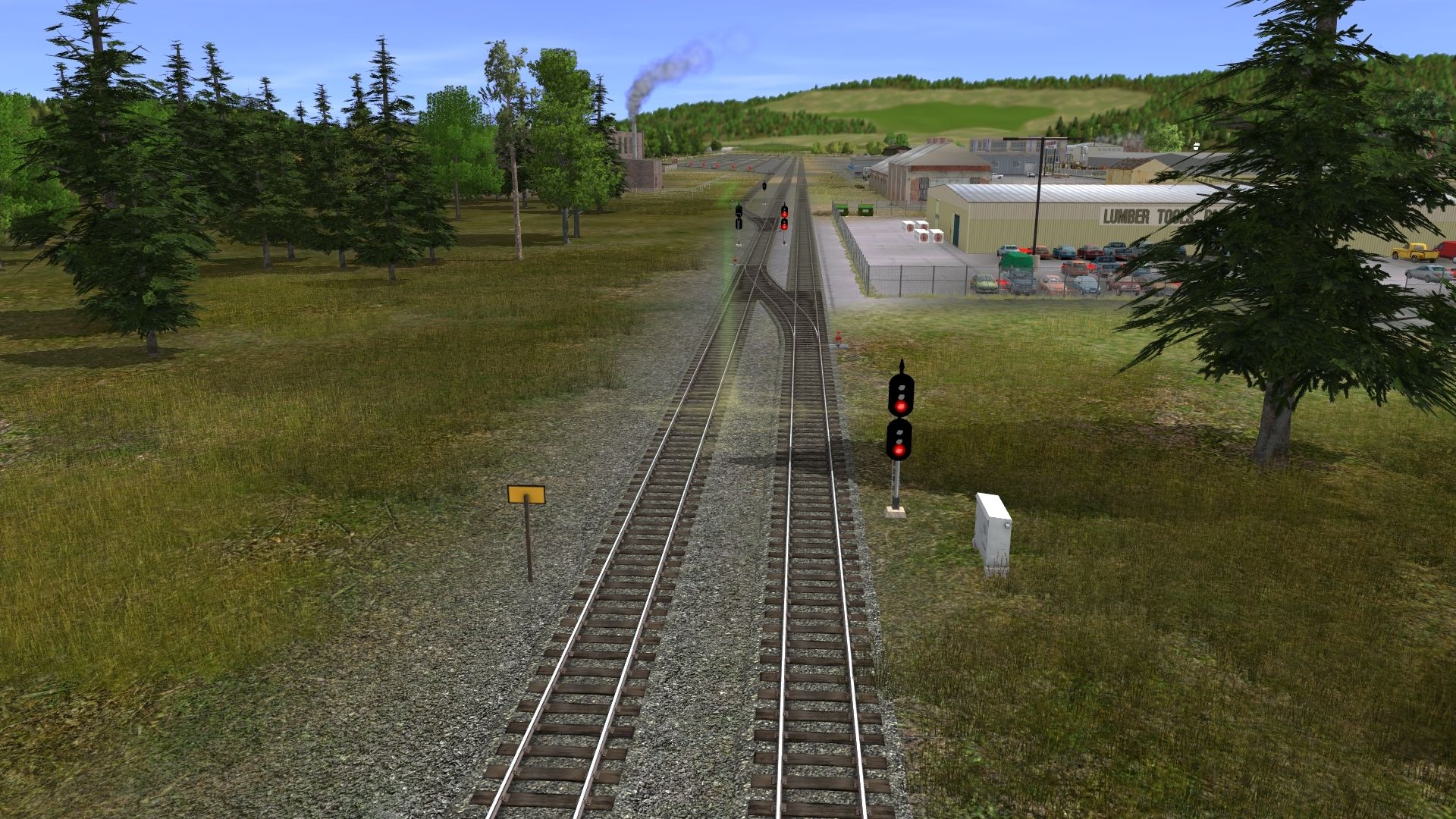Tony_Howard
Member
I have recently been trying to implement some Interlocking Towers, but there is one aspect that defeats me. OK, you set up the path and the junctions and signals get set accordingly. The train enters the IT section and then clears away. What I don't understand is how can the signals and junctions ever get set to allow other traffic to pass over any direction of the junctions. They are permanently locked to the IT path. I would have thought that once the train leaves the IT, then the signals and junctions would have been released.
Could anybody enlighten me ?
Tony Howard
Could anybody enlighten me ?
Tony Howard

